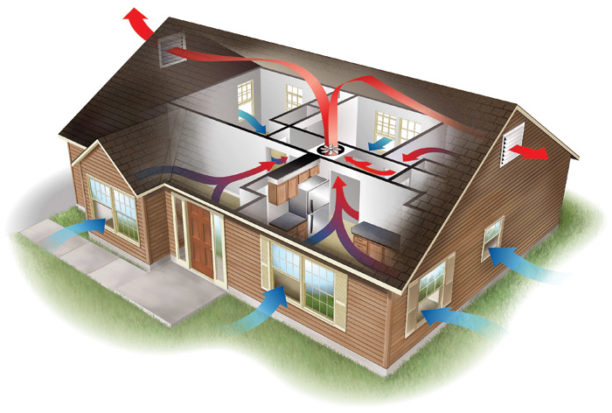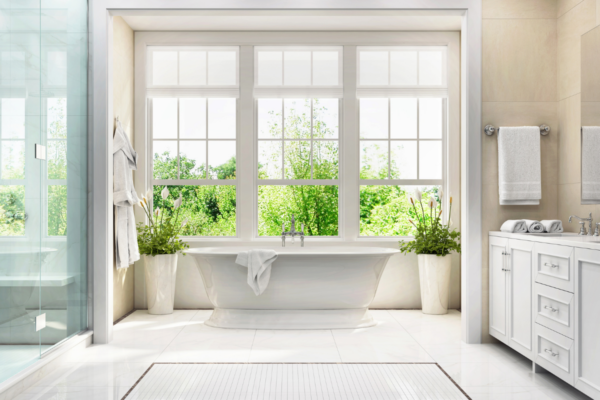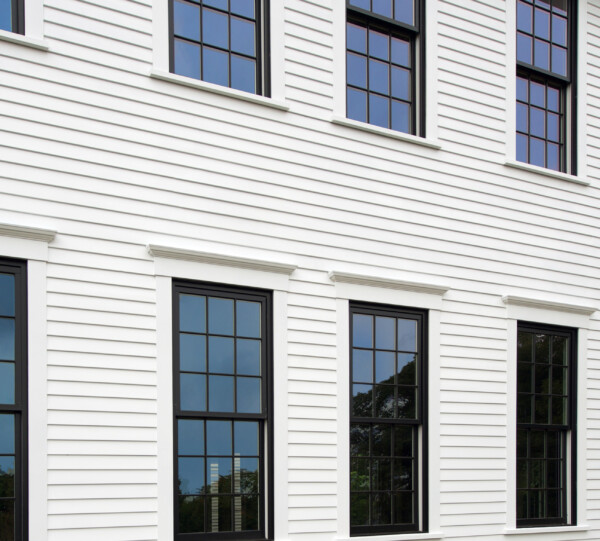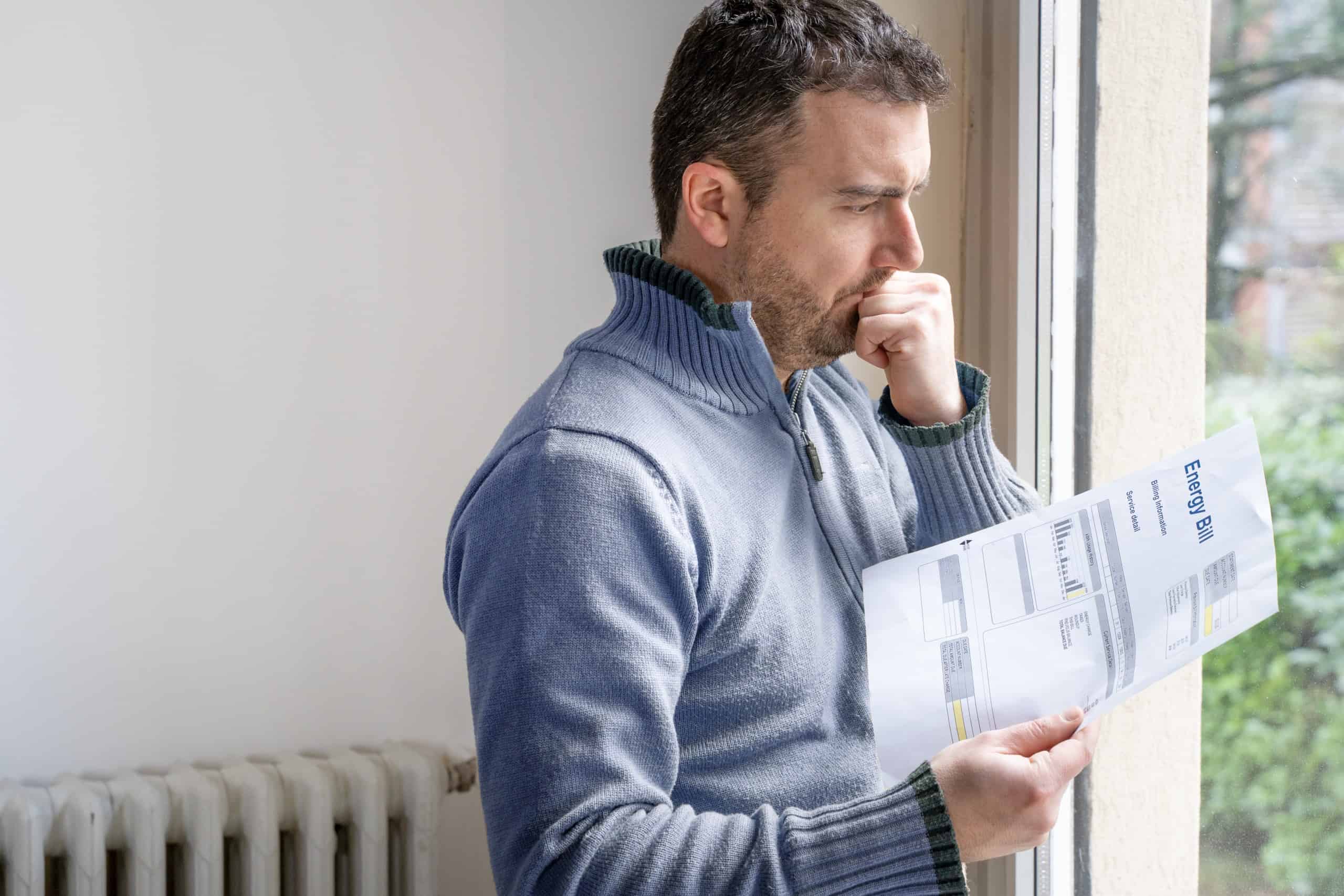If you’ve already tried out our tips to cool your home without A/C, and you want to add a few more onto your beat-the-heat scorecard, check out our additional eight tips that will help cool your home down (and save on energy)!
Follow these eight tips to lower your cooling bills and stay cool this summer…
Get some help from your trees- Don’t remove shade trees on the east and west-facing sides of your house as they provide shade from the direct sun.
Seek Leaks- Drafty houses are not only uncomfortable, but costly. You can check with an incense stick by holding it close to the edges of doors and windows. If air leaks are revealed, you should seal them with weatherstripping. Tip: make sure you seal leaks between the window frame and the rough opening by carefully removing the window casing and seal cracks with canned foam or caulk depending on size of jamb. After the leaks are sealed you can reinstall the casing.
 Switch to a whole-house fan- Did you know that a fan uses less electricity than central a/c, so why not use a whole-house fan to pull cool air into the house at night through open windows? You can install these fans through the attic floor. Remember to close the windows and pull down shades in the morning. Note: In order to be effective, outdoor air must be less humid than indoor air.
Switch to a whole-house fan- Did you know that a fan uses less electricity than central a/c, so why not use a whole-house fan to pull cool air into the house at night through open windows? You can install these fans through the attic floor. Remember to close the windows and pull down shades in the morning. Note: In order to be effective, outdoor air must be less humid than indoor air.
Add insulation to empty walls- Got insulation? If not, click here to get a free estimate from our trusted partner. An insulation contractor can insulate your empty wall cavities by drilling holes between the studs (from inside or outside). Options are dense-packed cellulose, blown-in fiberglass and slow-rise polyurethane foam (more airtight). MASS Save offers up to 75% off so act now!
Got your FREE home-energy audit yet?- Please tell me you have taken advantage of a FREE Home-energy audit. Not all are alike…make sure you get one that will assess air leaks, indoor-air quality, insulation, combustion safety, and the durability of building components. Ask to see the images from the infrared camera and blower door testing which measures the leaks and air infiltration in your home. Make sure you follow their recommendations as they are specially trained technicians who work with local weatherization programs.
Seal ducts for savings- Leaks are a common problem if you have forced-air heating and air-conditioning systems in your home. As you may know, leaks contribute to lower indoor-air quality, lead to possible mold and lower energy efficiency. A great tip is to seal the seams of the supply and return ducts with HVAC tape- not duct tape as it will dry out quickly. Make sure you insulate ducts that run through an unconditioned space too.
Turn Off The Phantom Load- Did you know that a lot of electrical equipment uses energy even when its turned off? You can use an occupancy sensor to turn off electrical power, aka “phantom” electrical load, by connecting an outlet strip that powers printers, monitors, and other electronics. Don’t worry as your computer stays on but the peripheral equipment turns off after being unoccupied after a period of time.
Keep your cool with efficient lights– Yes, it time to get rid of incandescent lightbulbs as they turn 90% of the energy they consume into heat. Fluorescent or LED fixtures produce less heat so you can save electricity and reduce your home’s cooling by lowering internal heat gain.
Did you find these extra home cooling tops helpful!? Do you have additional tips? We would love to hear from you! If you have any questions about your home’s energy efficiency please contact us at 978-304-0495 or email me, Stephanie, at svanderbilt@mycoastalwindows.com.




